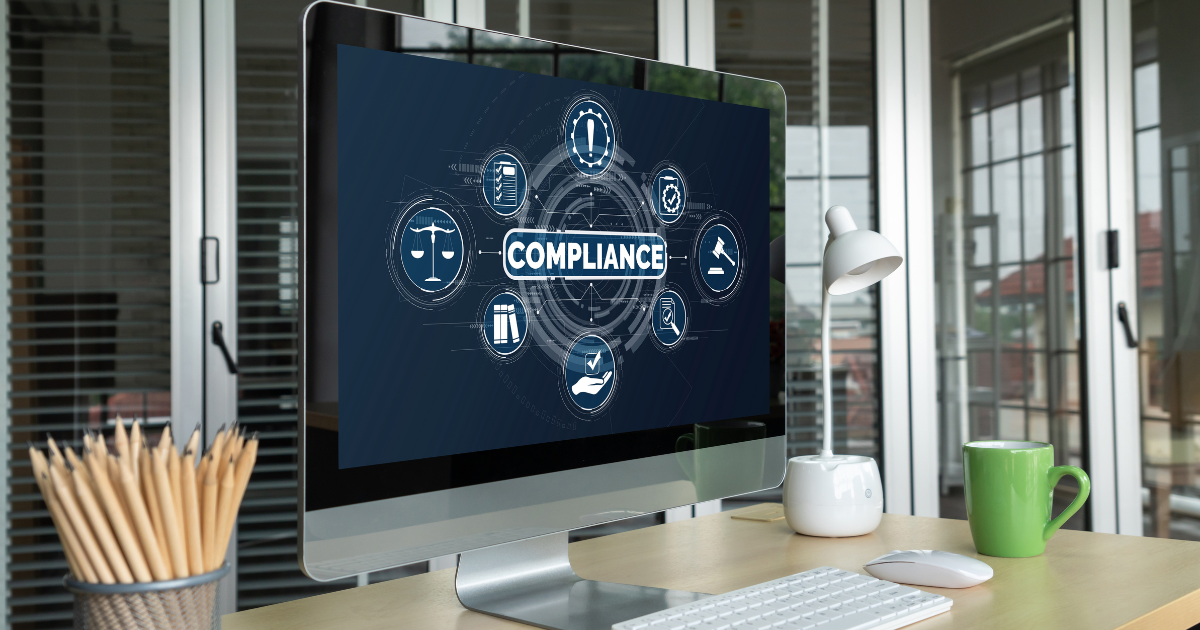The cloud has revolutionized how organizations operate—driving agility, scalability, and efficiency that traditional IT environments could never match. But with innovation comes accountability. As data moves freely across servers and continents, maintaining compliance has become one of the most critical (and often misunderstood) challenges in today’s digital era.
Modern businesses can’t afford to view cloud compliance as optional—it’s a non-negotiable pillar of trust and security. Whether you’re a healthcare provider managing patient records or a financial firm handling payment data, every click, upload, and transaction must meet regulatory standards designed to protect sensitive information.

What Is Cloud Compliance?
Cloud compliance means ensuring your organization’s cloud systems meet all applicable laws, standards, and industry regulations related to data protection, privacy, and security.
Unlike traditional on-site systems, cloud environments are global by nature—data may reside in multiple locations, across jurisdictions, and even continents. That complexity makes compliance more challenging but also more essential.
To remain compliant, organizations must:
- Secure data at rest and in transit
- Maintain access controls and audit trails
- Ensure data residency and sovereignty
- Conduct regular compliance assessments
The Shared Responsibility Model
One of the biggest misconceptions about cloud compliance is believing your cloud provider handles it all. In reality, compliance is a shared responsibility.
- Cloud Service Provider (CSP): Manages and secures the infrastructure, hardware, and core services.
- Customer: Oversees user access, data protection, and configuration security.
Failing to understand this division often leads to compliance gaps—and those gaps can lead to costly fines or data breaches.
Key Cloud Compliance Regulations
Regulatory frameworks differ across industries and regions, but several global standards set the tone for modern compliance:
GDPR (General Data Protection Regulation – EU)
The gold standard for global data privacy, GDPR applies to any business handling EU citizens’ data—no matter where it operates.
Cloud compliance must include:
- Storing data in EU-compliant regions
- Enabling user data rights
- Implementing encryption and breach notifications
HIPAA (Health Insurance Portability and Accountability Act – US)
Protects sensitive patient data (ePHI) in healthcare.
Compliance requires:
- HIPAA-compliant cloud providers
- Business Associate Agreements (BAAs)
- Encryption for stored and transmitted data
- Detailed access logs and audits
PCI DSS (Payment Card Industry Data Security Standard)
This is applicable to companies that process credit card data.
Key measures include:
- Tokenization and encryption of cardholder data
- Network segmentation
- Regular security testing and vulnerability scans
FedRAMP (Federal Risk and Authorization Management Program – US)
Required for cloud vendors serving U.S. federal agencies.
Focus areas:
- Strict encryption and data handling standards
- Comprehensive security assessments
ISO/IEC 27001
An international benchmark for information security management.
Organizations must:
- Perform ongoing risk assessments
- Implement access controls
- Establish detailed incident response procedures
Best Practices for Maintaining Cloud Compliance
Compliance isn’t a one-time checklist—it’s an ongoing commitment to security and accountability. To stay compliant in a dynamic digital environment:
- Conduct Regular Audits
Audits help identify compliance gaps early. Proactive assessments allow organizations to correct issues before they escalate into costly penalties.
- Strengthen Access Controls
Use the principle of least privilege (PoLP) and enable multi-factor authentication (MFA) to limit unauthorized access.
- Encrypt Data Everywhere
Always use strong encryption protocols (TLS, AES-256) to protect data both in storage and transit.
- Implement Continuous Monitoring
Real-time logging and monitoring ensure rapid detection of compliance violations or suspicious activities.
- Manage Data Residency
Determine the physical storage sites of your data, and ensure that you adhere to both local and international regulations.
- Train Your Team
Your employees are your first line of defense. Regular training reduces human error—the root cause of many compliance failures.
The State of Compliance
As organizations expand their digital footprint, compliance becomes more than a legal requirement—it’s a business imperative. Customers, partners, and regulators alike expect transparency, accountability, and protection of sensitive data.
The key to success is staying proactive. Understand your shared responsibilities, stay aligned with evolving regulations, and continuously evaluate your systems for compliance readiness.
If your organization is ready to strengthen its cloud compliance posture and protect what matters most—your data and reputation—Aurora InfoTech can help.
👉 Call us today at (407) 995-6766 or CLICK HERE to schedule your free discovery call.

Nov 18, 2025 1:47 PM



